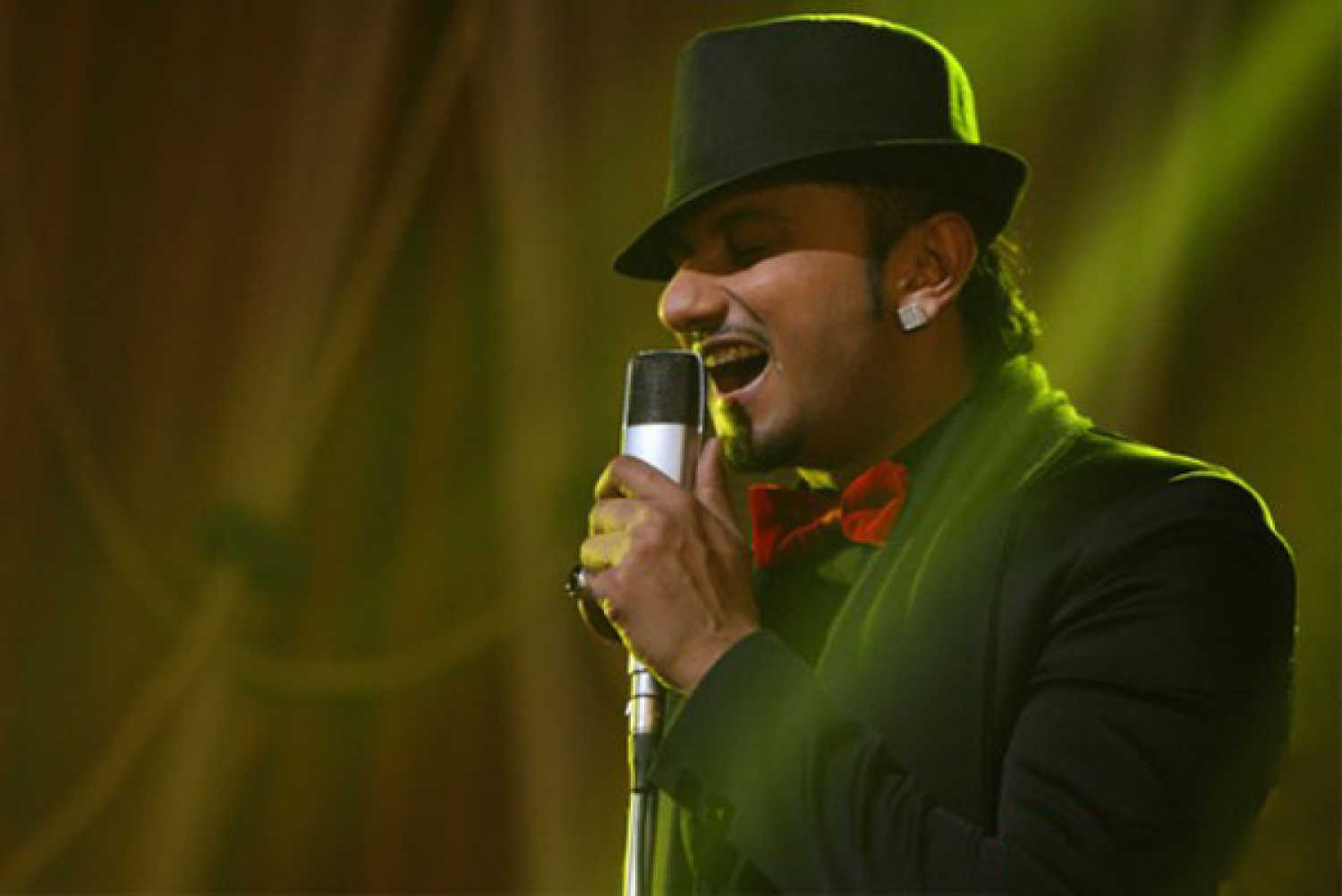From his sharp dress sense to a sharper, vitriolic tongue that raps out lyrics, Yo Yo Honey Singh has been hailed as the first Bollywood rap phenomenon. Yet, the slick superstar is neither the first nor the only, rapper to have found success in Bollywood.
Why Honey Singh is not the first desi hip hop star
Mumbai - 15 Mar 2016 19:05 IST
Updated : 27 Nov 2018 11:16 IST


Shriram Iyengar
Rhyming words to a beat is a traditional practice in India. The art of 'tukbandi' or 'baitbaazi' practiced by amateur Urdu poets in North India, or the Katha practices down South, were similar to the genre of rap in many ways. Indian cinema even preceded its Western counterparts in absorbing this genre. A whole generation of filmy audience in India grew up repeating the beats of the beloved Ashok 'Dadamoni' Kumar singing 'Rail gaadi rail gaadi' from Aashirwad(1968). The song was written by Harindranath Chattopadhyay, a polymath, who would eventually find more fame with his zany screen appearances.
However, it was a one off. India in general, and Indian cinema, preferred rhythm to rhyme. It was only in the 90s that the subcontinent truly awakened to rap music. This time, as a parody. Artists like Baba Sehgal and Devang Patel emerged as frontrunners to the MTV generation in India. Baba Sehgal became synonymous with crazy, witty rhymes that, most of the time, made no sense at all. Songs like 'Aaja meri gaadi me baith jaa', 'Baarah anna de' or 'Thanda thanda paani' (a parody of Ice Ice Baby by Vanilla Ice) were popular on music channels across the country. Devang Patel combined with the inimitable Govinda to create a fusion genre of Bollywood rap. The song 'Meri marzi' and 'Stop that' from Gambler (1995) were remarkably successful among fans. Even Javed Jaffrey stepped up with a Tupac styled turban to create 'Mumbhai', for Kaizad Gustad's Bombay Boys (1998).
These songs, popular as they were, lacked the bite which Honey Singh provided in the millennium. The key to Honey Singh's rise as the voice of the new generation is his uninhibited embracing of his linguistic style. His website describes him as a 'youth icon' creating 'new flavours' in the Indian music scene. Honey Singh broke through in 2006, with the single 'Glassi'. It was the first of the Punjabi hip-hop brigade which also included Jazzy B, Hard Kaur, and Badshah among others. His breakthrough came with 'Main sharaabi' in the Saif Ali Khan-Deepika Padukone starrer Cocktail(2012).
Already a cult sensation in Punjab, Honey Singh's lyrics was often a product of an identity struggle between the desi urbanite and his rural alter-ego. Take Honey Singh's famous 'Blue Eyes' album. Most of the songs contain some absurd flirtatious lyrics that might have earned him a restraining order otherwise. Even rap following in India is divided among the elite and the cult. Although it would surprise them, Tupac Shakur, Notorious Big, and Snoop Dogg would find themselves tagged as elitist in India. The most popular rap stars are Pitbull, Kanye West, 50 Cent, Jay-Z and, of course, Eminem.
The common denominator between these legends and the rising rap stars of Bollywood would be their underdog status. Where 50 Cent and Eminem struggled through their criminal lifestyles to carve success, Honey Singh and Badshah have managed to break through the glass ceiling of Urdu-Hindi lyricists. There is a growing demand for these rappers to make an introductory song or an item number. Shah Rukh Khan began the trend by using Honey Singh for Chennai Express. The song 'Lungi Dance' gave rise to a whole new dance form. Akshay Kumar is another superstar who has turned to raps as an introductory element for his entry in films.
Surprisingly, Punjab has emerged as one of the hottest regions for consumers of desi rap/hip hop genre. The region has given rappers much more than simply linguistic fodder. Honey Singh's raps ooze of machoism and a direct style that is a product of the culture. Then there are the progressives and feminists who view this macho verbosity as a negative influence.
As he prepares to get back from his brief 'rehab' away from Bollywood, Honey Singh finds his field increasingly crowded. The social media has transformed into an arena for online rap battles and is the best medium for this very social music genre. Artists like Badshah, Gippy Grewal and even, Baba Sehgal are returning with a vengeance. Whether Bollywood elitists accept it or not, rap is here to stay.








